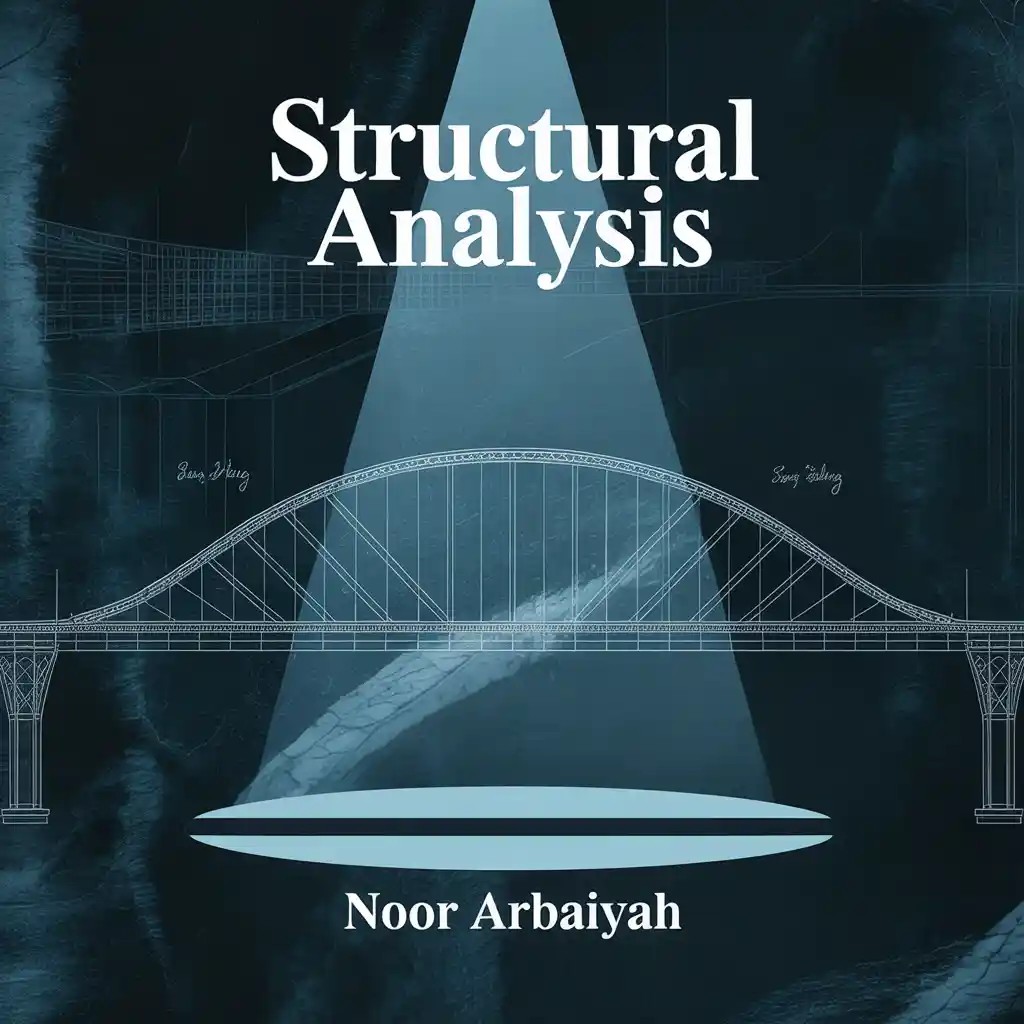
✅ Question 1 (Topic: Trusses – Method of Joints)
Diagram: A statically determinate truss with vertical loads at points C and E.
Question:
The figure below shows a statically determinate truss supported by a pinned support at point A and a roller support at point D. A vertical load of 20 kN acts at point C and 30 kN at point E.
i. Determine the support reactions at A and D.
ii. Using the method of joints, determine the forces in members AB, BC, and CD.
Answer Summary:
(i) Use equilibrium equations:
(ii) Use joints C and B to solve for member forces:
Member AB = Tension 15.56 kN
Member BC = Compression 17.78 kN
Member CD = Compression 20.89 kN
✅ Question 2 (Topic: Cable Structures)
Diagram: A cable supported at A and D with vertical loads at B (25 kN) and C (50 kN).
Question:
Neglecting the self-weight of the cable, solve the following:
i. Determine the support reactions at A and D.
ii. Calculate the tension in segments AC and CD of the cable.
Answer Summary:
(i) Use moment and force equilibrium:
(ii) Use geometry and vector components (assuming geometry is available):
Tension in AC ≈ 32.14 kN
Tension in CD ≈ 53.57 kN
✅ Question 3 (Topic: Influence Lines)
Diagram: A simply supported beam AB, 12 m long, with point C located 4.5 m from A.
Question:
The figure shows a simply supported beam subjected to a moving unit load.
i. Draw the influence line diagram for reactions at supports A and B.
ii. Draw the influence line diagrams for bending moment and shear force at point C.
Answer Summary:
(i) Influence line for support reactions:
Reaction at A: Linearly decreases from 1 (at A) to 0 (at B).
Reaction at B: Linearly increases from 0 (at A) to 1 (at B).
(ii) At Point C (4.5 m from A):
Bending Moment Influence Line:
Triangle shape peaking at C.
Maximum value when load is directly at point C.
Shear Force Influence Line:
Jump at C:
Left of C = +1
Right of C = –1

